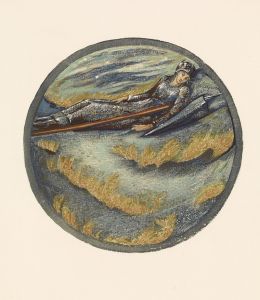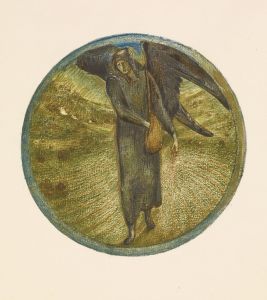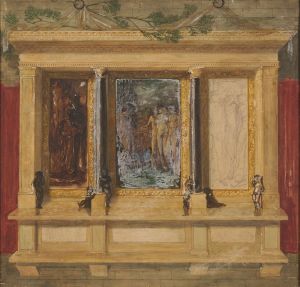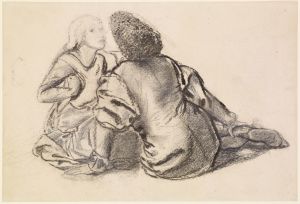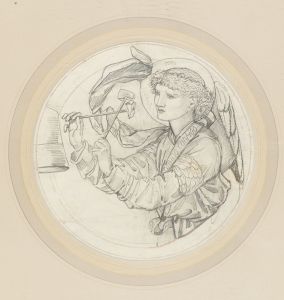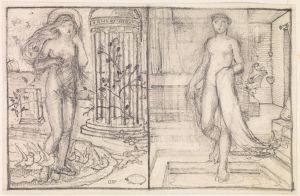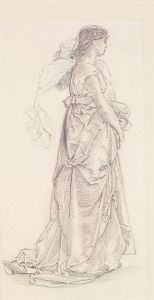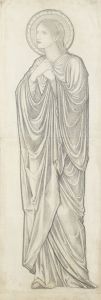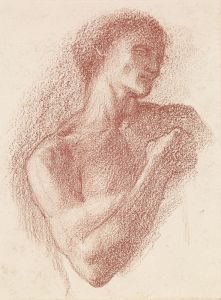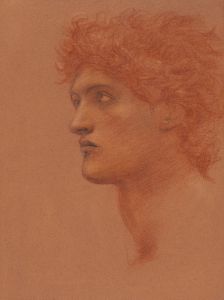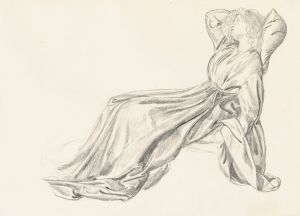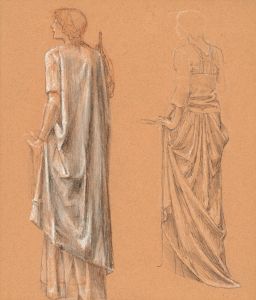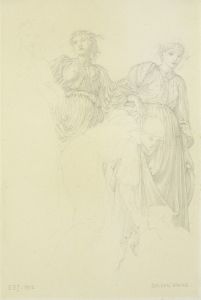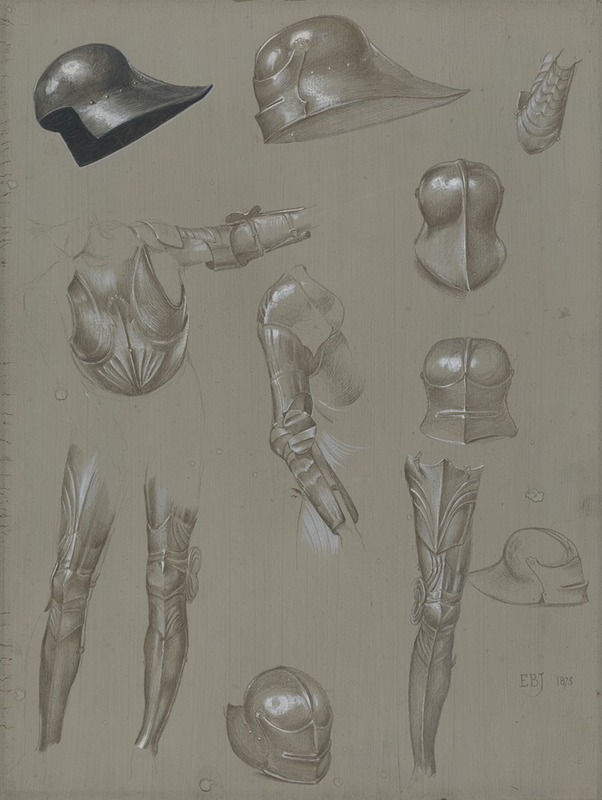
Studies of a Suit of Armor
A hand-painted replica of Sir Edward Coley Burne-Jones’s masterpiece Studies of a Suit of Armor, meticulously crafted by professional artists to capture the true essence of the original. Each piece is created with museum-quality canvas and rare mineral pigments, carefully painted by experienced artists with delicate brushstrokes and rich, layered colors to perfectly recreate the texture of the original artwork. Unlike machine-printed reproductions, this hand-painted version brings the painting to life, infused with the artist’s emotions and skill in every stroke. Whether for personal collection or home decoration, it instantly elevates the artistic atmosphere of any space.
"Studies of a Suit of Armor" is a work by the British artist Sir Edward Coley Burne-Jones, a prominent figure associated with the Pre-Raphaelite Brotherhood and the later Arts and Crafts Movement. Burne-Jones was known for his romantic and often medieval-themed paintings, which frequently featured mythological and historical subjects. His works are characterized by their intricate detail, rich colors, and an ethereal quality that captures the imagination.
Burne-Jones was born in Birmingham, England, in 1833 and became a leading artist of the Victorian era. He was deeply influenced by the Pre-Raphaelite Brotherhood, a group of English painters, poets, and critics founded in 1848, which sought to return to the detail, intense colors, and complex compositions of Quattrocento Italian art. Burne-Jones's association with this movement is evident in his meticulous approach to detail and his fascination with themes from the medieval period.
"Studies of a Suit of Armor" reflects Burne-Jones's interest in medieval history and chivalric themes. Although specific details about this particular work are limited, it is likely that the piece was created as a study for a larger work or as part of Burne-Jones's exploration of armor and its symbolic significance. Armor, in Burne-Jones's work, often serves as a metaphor for protection, nobility, and the romantic ideals of knighthood.
Burne-Jones's fascination with armor can be seen in several of his other works, where he often depicted knights and mythical figures clad in elaborate suits of armor. This interest was not merely aesthetic; it was also philosophical, as Burne-Jones and his contemporaries often used medieval imagery to critique the industrialization and materialism of their own time. By invoking the chivalric past, they sought to promote ideals of beauty, craftsmanship, and moral integrity.
The artist's technique in "Studies of a Suit of Armor" would have involved careful observation and rendering of the reflective surfaces and intricate details of the armor. Burne-Jones was known for his ability to capture the play of light on different textures, a skill that would have been particularly important in depicting metal surfaces. His studies often served as preparatory works for larger compositions, allowing him to experiment with form and detail before committing to a final piece.
Burne-Jones's works, including his studies, were highly influential in the development of the Arts and Crafts Movement, which emphasized traditional craftsmanship and sought to elevate the status of decorative arts. His legacy is evident in the continued appreciation of his art, which remains celebrated for its beauty and its ability to transport viewers to a world of myth and legend.
While "Studies of a Suit of Armor" may not be as widely recognized as some of Burne-Jones's larger and more famous works, it nonetheless represents an important aspect of his artistic exploration and his enduring fascination with the themes of chivalry and medieval romance.





